Frick House
Introduction
Text-to-speech Audio
Images
The Frick House, pictured in 2006
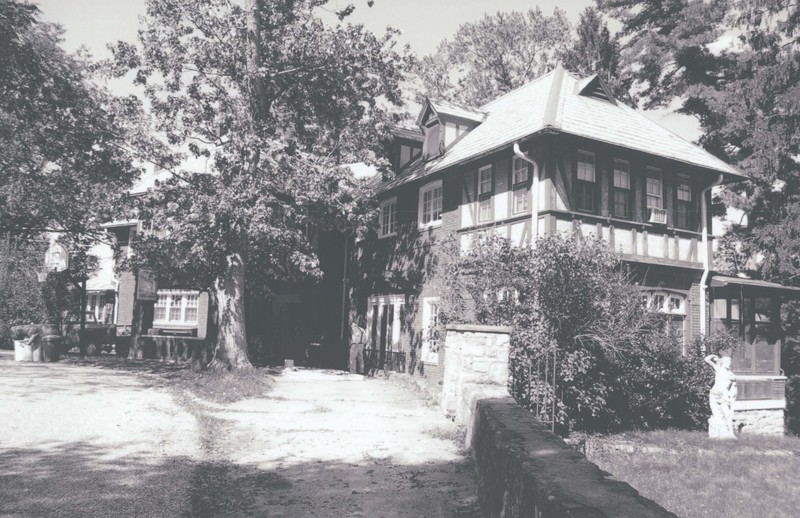
Two outbuildings of the Frick House, pictured in 2006
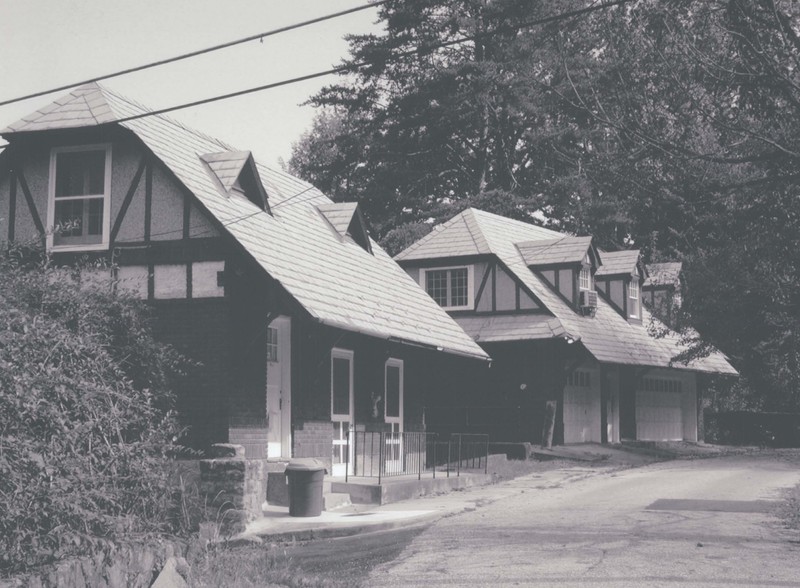
Stone gate entrance at the northeast corner of the property, pictured in 2006
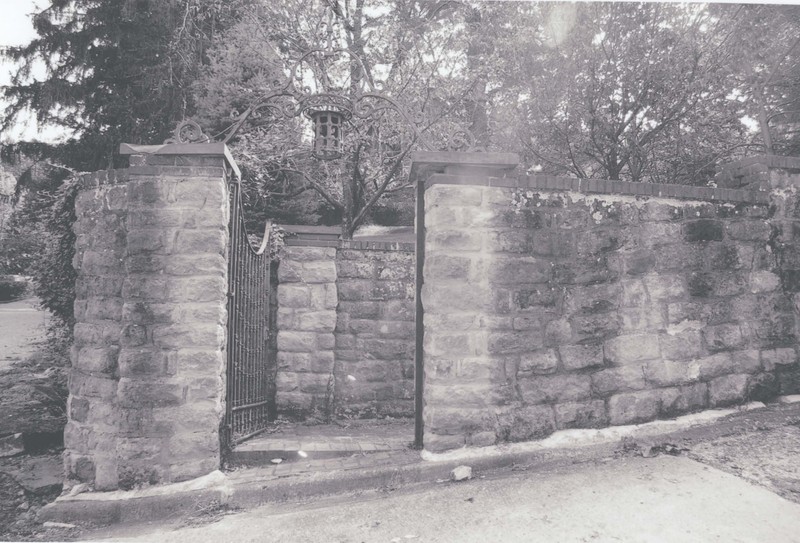
Omar T. Frick

The Standard Ultramarine & Color Co. facility
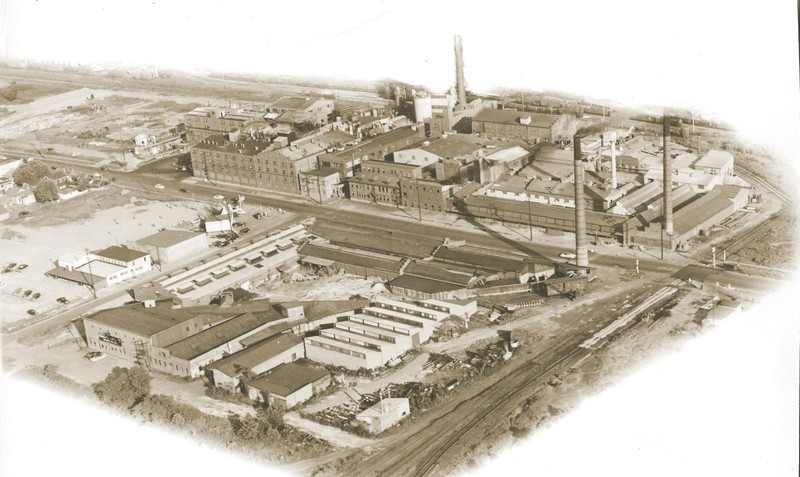
Original Product of Standard Ultramarine
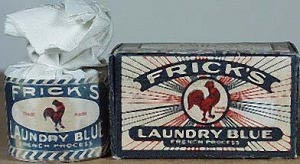
A view of Huntington's south side from Park Hill
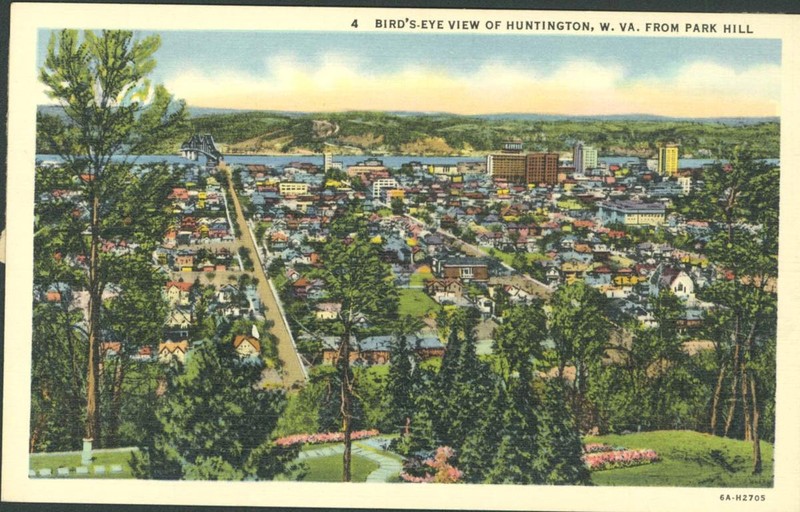
Photo of Huntington's south side being developed
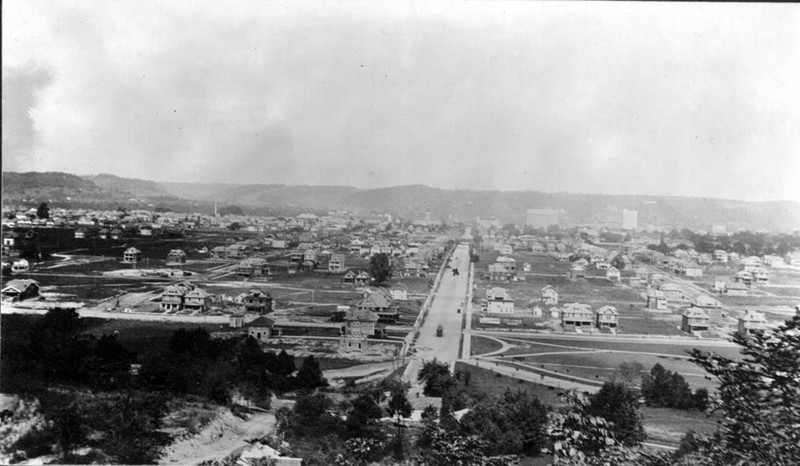
A view from inside Ritter Park looking toward 8th Street
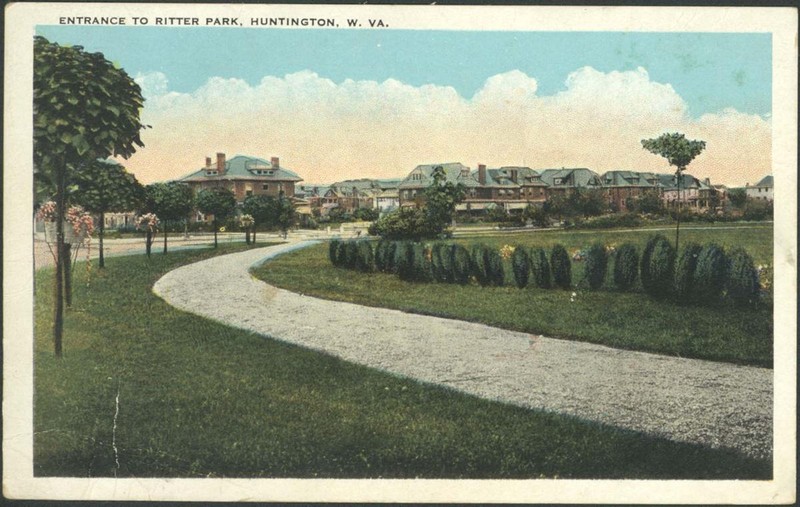
Backstory and Context
Text-to-speech Audio
At the start of the twentieth century, very few houses were located south of the C&O Railroad tracks. Huntington’s wealthy residents had settled near downtown, building ornate Victorian homes along the broad avenues originally laid out by Collis P. Huntington in 1871. By the turn of the century, however, the city’s commercial district was expanding as new businesses and factories opened and attracted scores of workers. In response, real estate developers began looking outside the city for land that they could develop into new neighborhoods. In 1913, Charles L. Ritter and his business partner, J.S. Perry, established the Park Hills Subdivision No. 1 to the south of Ritter Park and north of Ritter Hills. Ritter Park contributed greatly to the desirability of the neighborhood, attracting industrialists and businessmen to construct grand Colonial, Tudor, and Classical Revival mansions around the park. Just as numerous commercial buildings were designed for downtown Huntington by prominent local architects, the same firms were hired to design the homes in the new suburbs. As such, Park Hills and Ritter Hills came to contain the elaborate homes of Huntington’s elite, making the south side a sought-after residential district.
One of the industrialists who settled on the south side of Huntington was Omar T. Frick. Born December 17, 1870 in Evansville, Indiana, Frick began his career as a bookkeeper for Standard Oil. In 1894, Frick married Margaret B. Shelly, with whom he had a daughter. He worked as a salesman in Chicago, Illinois and later in Savannah, Georgia, before founding the Standard Ultramarine Company in Tiffin, Ohio in 1909. Ultramarine is a blue pigment that was widely used as laundry bluing, which has a whitening effect on laundered items. In 1910, Frick encouraged Henry Dourif, a young French chemist, to join him in the firm, thus beginning a long business partnership. The company relocated to Huntington in 1912 after the Tiffin plant was flooded and because of cheaper natural gas prices in West Virginia. Beginning with twenty employees on a half-acre site on Fifth Avenue, the company grew to encompass twenty acres and employ five hundred workers. Frick also became a leading figure in Huntington’s civic and social life, serving as a charter member of the Rotary Club and the Huntington Manufacturers Club, vice-president of the West Virginia Manufacturers Association, president of the Huntington Symphony Association, director of the Union Bank & Trust Company, and president of the Huntington Community Chest. He was also a founder of the First Church of Christ Scientist in Huntington and served as president of the congregation for several years. Frick passed away in his home in Huntington in October 1949.
Frick’s home, which he named “Hillcrest,” was built in the affluent Park Hills suburb in 1928. The house was designed by prominent local architect Edward J. Handloser, who was a member of the firm of Meanor & Handloser from 1912 to 1944. The firm was responsible for designing several buildings in downtown Huntington, including the West Virginia Building, the Morris Building, and the Ohev Shalom Temple, along with a number of private residences. The Frick House was built on three acres, with Vista Way outlining the property and an elaborate stone gate at its northeast corner. The large, two-story house has a red brick facade with stucco and half-timbering on the upper stories. Notably, a two-story projecting bay is situated in the center of the residence. The bay is enclosed on the upper story, with stucco and half timbering, but open on the ground floor, forming a porte cochere. Two outbuildings, a garage and a stable, were also constructed in a style consistent with that of the main house. With its decorative half-timbering, the Frick House is an example of Tudor Revival architecture, which was popular for suburban homes in the 1920s. Tudor buildings are often identified by their steeply pitched roofs, front facing gables, and half timbered wall surfaces.
In the decades following Frick’s death in 1949, the house has changed ownership several times but retained its historic character. At one point, the stables were converted to apartment units and one of the house’s porches was covered. In 2006, the Frick House was added to the National Register of Historic Places as the largest residence in the Hawthorne Historic District. The Hawthorne Historic District consists of the early twentieth century residences of the Park Hill Subdivision No. 1. The majority of the buildings in the historic district are Colonial Revival in style. During the early twentieth century, architects frequently used revival styles for the homes of wealthy clients in newly-developed suburbs, which was evidently the case in south Huntington. Today, the Hawthorne Historic District retains its identity as a prosperous residential neighborhood. Along with the other homes in the district, the Frick House attests to the architectural growth and history of Huntington during its early twentieth-century heyday.
Sources
Baptista, Robert J. Omar T. Frick Biography, ColorantsHistory.Org. February 12th 2005. Accessed March 31st 2020. http://www.colorantshistory.org/OmarFrickBiography.html.
Casto, James E. Lost Huntington: Standard Ultramarine, Huntington Herald-Dispatch. June 5th 2017. Accessed March 31st 2020. https://www.herald-dispatch.com/special/lost_huntington/lost-huntington-standard-ultramarine/article_bec6af4a-a9bf-5e34-a666-2e2d1620a85b.html.
National Register of Historic Places, Hawthorne Historic District, Huntington, Cabell County, West Virginia, National Register #07000786.
National Register of Historic Places, Ritter Park Historic District, Huntington, Cabell County, West Virginia, National Register #90001774.
Tudor Revival, Architectural Styles of America and Europe. October 2011. Accessed March 31st 2020. https://architecturestyles.org/tudor-revival/.
http://www.wvculture.org/shpo/nr/pdf/cabell/07000786.pdf
http://www.wvculture.org/shpo/nr/pdf/cabell/07000786.pdf
http://www.wvculture.org/shpo/nr/pdf/cabell/07000786.pdf
http://www.colorantshistory.org/OmarFrickBiography.html
https://www.herald-dispatch.com/special/lost_huntington/lost-huntington-standard-ultramarine/article_bec6af4a-a9bf-5e34-a666-2e2d1620a85b.html
http://www.colorantshistory.org/StandardUltramarine.html
https://www.herald-dispatch.com/features_entertainment/south-side-homes-have-retained-their-marketability-over-the-years/article_74b8e209-631f-5648-9dab-ce7ef2c390ab.html
https://www.herald-dispatch.com/features_entertainment/south-side-homes-have-retained-their-marketability-over-the-years/article_74b8e209-631f-5648-9dab-ce7ef2c390ab.html
https://www.herald-dispatch.com/features_entertainment/south-side-homes-have-retained-their-marketability-over-the-years/article_74b8e209-631f-5648-9dab-ce7ef2c390ab.html
